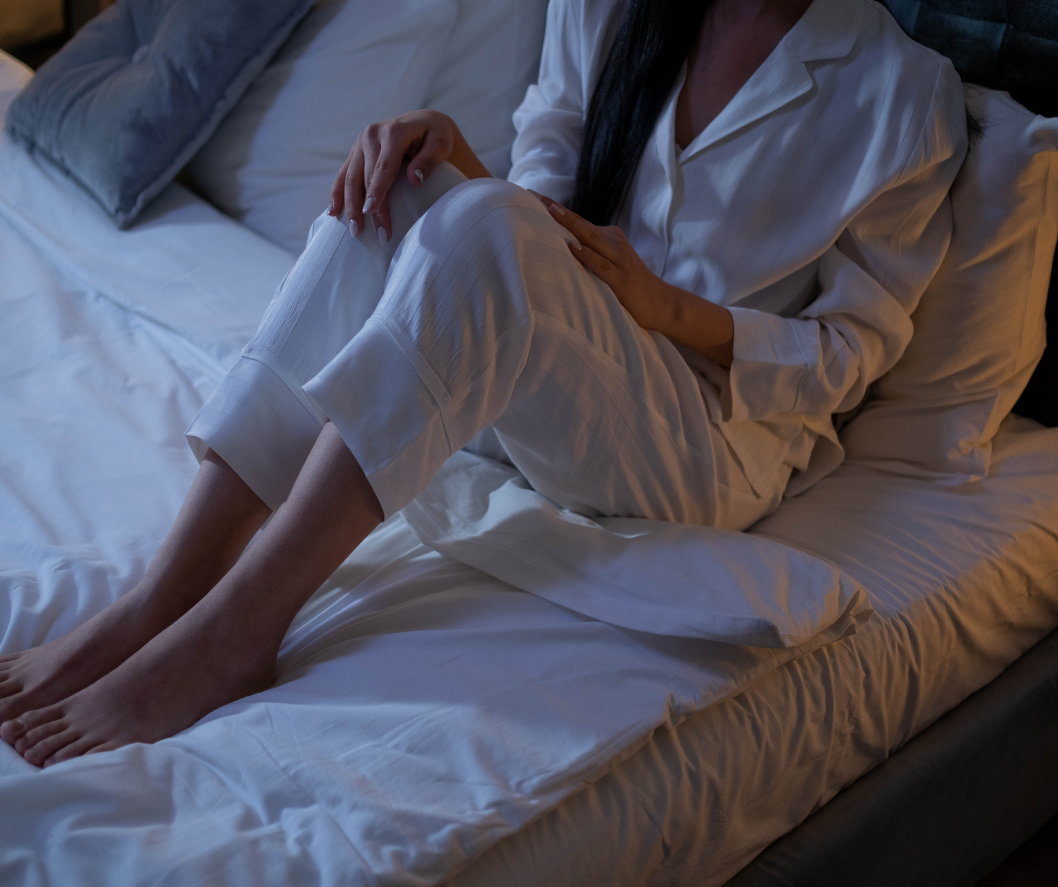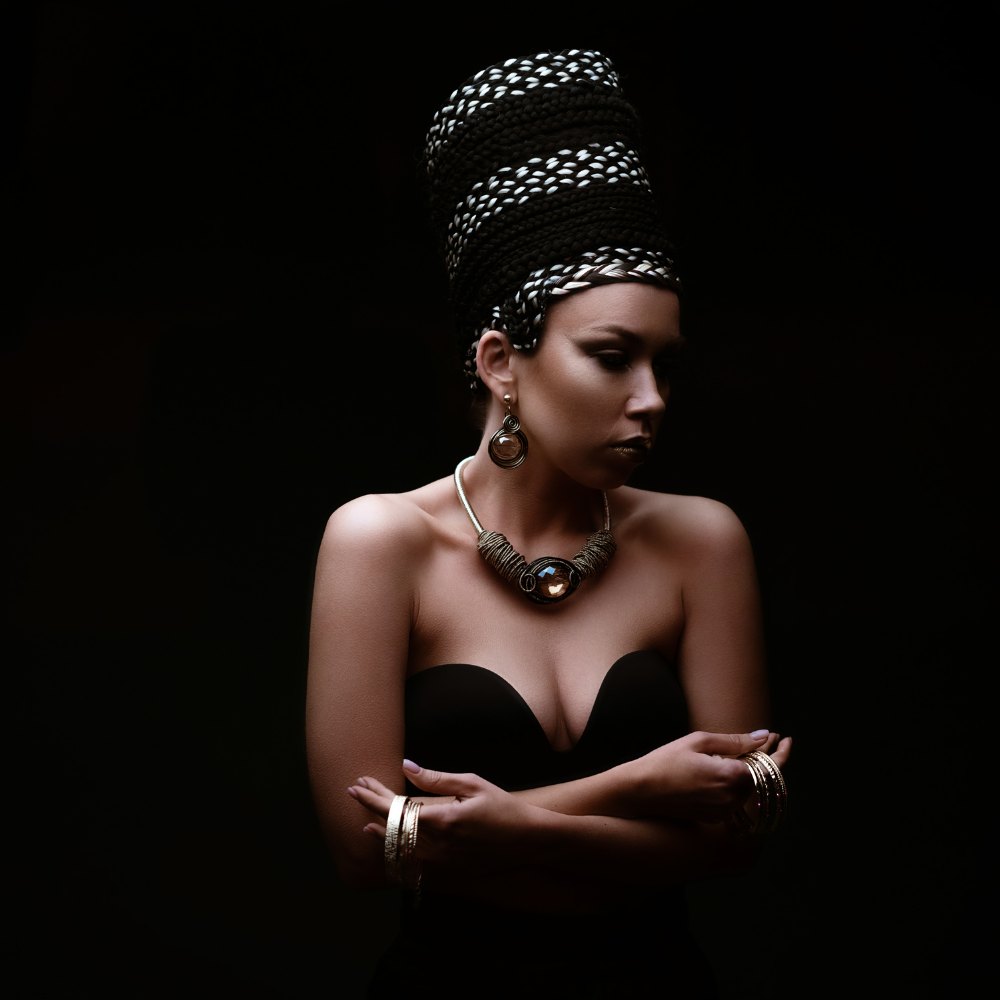Skip to content
Sleep—the cornerstone of well-being, the gateway to rejuvenation. Yet, in today’s hyper-connected world, true rest feels increasingly elusive, buried under an avalanche of sleep trackers, melatonin gummies, and AI-powered mattresses.
But before the age of blue light filters and biohacking, sleep was a sacred ritual. Across cultures and civilizations, bedtime was woven with traditions, spiritual beliefs, and natural remedies. The irony? Many of today’s hottest wellness trends—like Traditional Chinese Medicine (TCM), aromatherapy, and silk bedding—are simply modern revivals of age-old practices.
 Sleep
Sleep
Ancient wisdom, modern wellness
Traditional Chinese Medicine: healing through sleep
For thousands of years, TCM has treated sleep as a reflection of overall well-being. Insomnia? It might signal an imbalance in Qi. Nightmares? Your liver energy could be in disharmony. Herbal infusions like chamomile, jujube seeds, and magnolia bark were prescribed to calm the spirit. Today, as C-beauty (Chinese beauty) brands like Florasis blend skincare with herbal remedies, this ancient wisdom is seeing a resurgence—not just in beauty but in sleep health.
Aromatherapy: the forgotten power of scent
Scent has long been an integral part of sleep rituals. The ancient Egyptians burned kyphi, a blend of myrrh, cinnamon, and honey, to aid relaxation. The Greeks and Romans anointed their pillows with lavender oil. Even in medieval times, herbal satchels filled with rosemary and chamomile were placed under pillows to ward off bad dreams. Today’s “mood-boosting wellness scents” and sleep-inducing essential oils? Simply a rediscovery of what our ancestors already knew.
Silk road sleep secrets: a luxury born of necessity
The Silk Road wasn’t just a trade route—it was a superhighway for wellness. Alongside spices and fabrics, cultures exchanged sleep practices. The Chinese introduced silk bedding, which naturally regulates temperature and reduces friction on the skin and hair. The Persians popularized the use of rosewater for nighttime relaxation. Indian yogis taught breathing techniques (now known as pranayama) to quiet the mind before bed. These traditions still hold the key to unlocking deeper sleep.
The bedtime rituals of legendary women
Sleep was a beauty and power tool for history’s most formidable women. Cleopatra was said to bathe in rosewater before bed, her chamber filled with calming incense. Queen Elizabeth I reportedly relied on herbal poultices to ease stress-induced insomnia. Japanese Empresses swore by silk-wrapped pillows to prevent wrinkles and maintain flawless skin. Today’s obsession with silk pillowcases, botanical-infused skincare, and mindfulness rituals? A luxury once reserved for queens, now within reach.
 beauty
beauty
The future of sleep lies in the past
As science races toward sleep innovations—from AI-powered beds to neurotechnology-driven relaxation methods—perhaps the most effective solutions are the ones we’ve long forgotten. Sleep has always been sacred. And while we embrace the future, there’s wisdom in looking back.
So, before you reach for that next sleep app or high-tech gadget, consider the rituals of the past. Maybe the key to better sleep isn’t found in a screen—but in a cup of calming tea, a softly-scented pillow, or the gentle embrace of silk.
Stay tuned as Beyond Beauty. Travel and Wellness continues its deep dive into Sleep Stories, uncovering forgotten traditions that may transform how we rest in the modern world.
 Sleep
Sleep beauty
beauty